Introduction
Understanding the art of marinating and baking steak can elevate your culinary skills and impress your guests. This Baked Marinated Steak recipe showcases how simple ingredients can come together to create a rich and flavorful dish that is perfect for any occasion. Whether it’s a weeknight dinner or a special celebration, mastering this recipe will not only enhance your cooking repertoire but will also leave your taste buds dancing with delight. In this article, we’ll explore the details of the recipe, the science behind marinating, and tips for perfecting your baked steak.
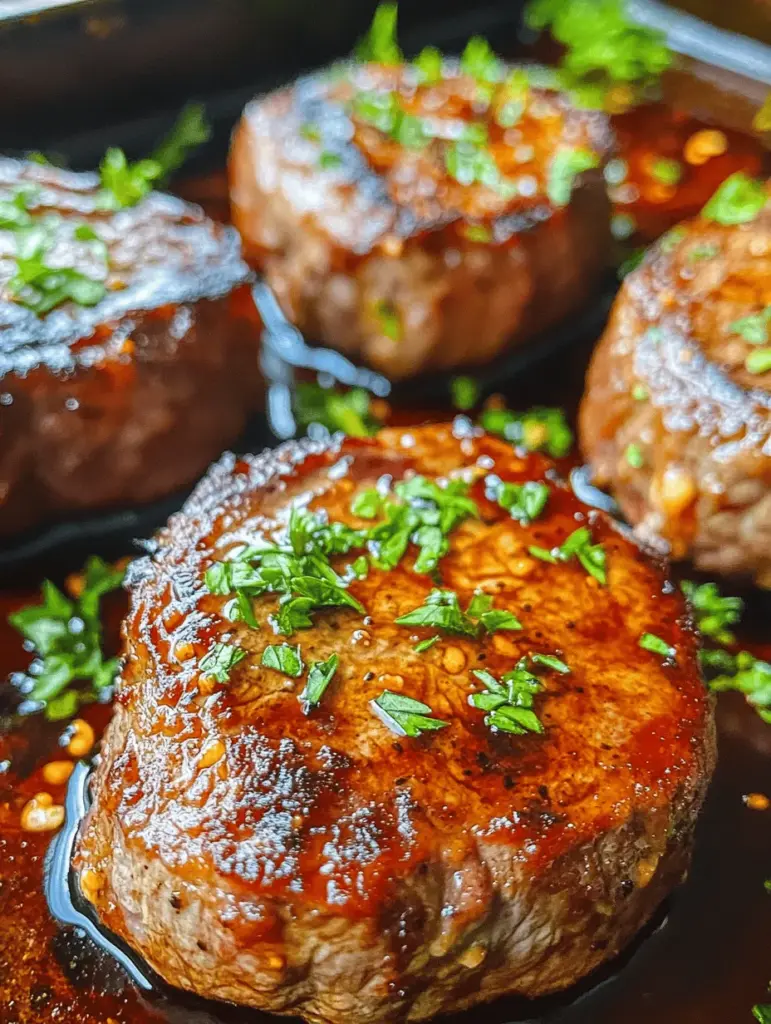
The technique of marinating meats has been cherished in culinary traditions across the globe for centuries. By soaking the steak in a flavor-packed marinade, you allow the meat to absorb the bold flavors, transforming an ordinary piece of meat into a succulent centerpiece. The combination of different ingredients not only enhances the taste but also helps to tenderize the meat, resulting in a dish that is both juicy and satisfying.
The Importance of Marinating Steak
Understanding Marinades
At its core, a marinade is a mixture of ingredients used to soak food—usually meat, fish, or vegetables—before cooking. Marinades serve multiple purposes: they infuse flavor, tenderize the protein, and often add moisture to the dish. When marinating steak, the goal is to enhance the natural flavors of the meat while also breaking down tough fibers, resulting in a tender and flavorful bite.
The marinating process involves the diffusion of flavors into the meat, which is facilitated by the acidic components of the marinade. When steak is submerged in a well-crafted marinade, it begins to absorb the flavors and moisture, leading to a richer, more complex profile. This is particularly important for cuts of meat that may have less inherent flavor or tenderness.
Key Ingredients in the Marinade
1. Soy Sauce: The Umami Booster
Soy sauce is a staple in many marinades due to its rich umami flavor. This fermented product not only adds saltiness but also depth to the dish. The glutamates found in soy sauce enhance the natural flavors of the steak, making it taste more savory and satisfying.
2. Olive Oil: Adding Richness and Moisture
Olive oil serves as a base for the marinade, helping to coat the steak evenly. Its fat content contributes to the moisture retention during cooking, ensuring that your steak remains juicy. Additionally, the richness of the olive oil complements the other ingredients, creating a harmonious flavor profile.
3. Balsamic Vinegar: A Touch of Sweetness and Acidity
Balsamic vinegar adds a unique sweetness and acidity to the marinade. The slight tanginess cuts through the richness of the steak, balancing the overall flavor. Moreover, the sugars in balsamic vinegar caramelize during the cooking process, adding a delightful crust to the exterior of the meat.
4. Fresh Herbs: Rosemary and Thyme for Aroma
Fresh herbs like rosemary and thyme can elevate the flavor of your baked steak significantly. Their aromatic qualities infuse the marinade with a fragrant essence that complements the savory profile of the meat. Fresh herbs are preferred for their vibrant flavors, but dried herbs can also be used if fresh ones are unavailable.
5. Garlic: The Flavor Powerhouse
Garlic is a must-have in any marinade, providing a robust flavor that enhances the overall taste of the steak. Whether used minced, crushed, or as garlic powder, its pungent aroma and taste permeate the meat, adding depth and complexity to the dish.
6. Brown Sugar and Spices: Balancing Sweet and Savory
A touch of brown sugar in the marinade helps to balance the salty and acidic elements while providing a hint of sweetness. This sweetness not only rounds out the flavors but also contributes to the caramelization during cooking. Additionally, incorporating spices such as black pepper, paprika, or cayenne can add an extra layer of flavor that enhances the final dish.
Preparing the Baked Marinated Steak
Gathering Your Ingredients
To create a perfect baked marinated steak, it’s essential to gather all the necessary ingredients and tools beforehand. Here’s what you will need:
- Ingredients for Marinade:
- ¼ cup soy sauce
- 2 tablespoons olive oil
- 2 tablespoons balsamic vinegar
- 2 cloves garlic, minced
- 1 tablespoon brown sugar
- 1 teaspoon fresh rosemary, chopped (or ½ teaspoon dried)
- 1 teaspoon fresh thyme, chopped (or ½ teaspoon dried)
- Salt and pepper to taste
- Steak: Choose a cut of beef that suits your preference, such as ribeye, sirloin, or flank steak.
- Essential Tools:
- Mixing bowl
- Whisk or fork for mixing
- Resealable plastic bag or shallow dish for marinating
- Baking pan or oven-safe dish
- Meat thermometer (optional, but recommended for precise cooking)
Step-by-Step Marinade Preparation
1. Mixing the Ingredients
Start by combining all marinade ingredients in a mixing bowl. This includes soy sauce, olive oil, balsamic vinegar, minced garlic, brown sugar, and your choice of fresh herbs. Using a whisk or fork, mix the ingredients thoroughly until the brown sugar is dissolved, and the marinade is well-blended.
2. Importance of Whisking for Even Distribution
Whisking is crucial for ensuring that all the flavors are evenly distributed throughout the marinade. This step helps to break down any clumps of brown sugar and allows the oil to emulsify with the acidic components, creating a cohesive mixture that will coat the steak perfectly.
3. Tips for Adjusting Flavors to Personal Preference
Taste your marinade before adding the steak. Depending on your flavor preferences, you might want to adjust the balance of sweet, salty, and acidic elements. If you prefer a sweeter marinade, add a bit more brown sugar; for a tangier flavor, increase the balsamic vinegar. Feel free to experiment with additional spices or herbs to create a marinade that suits your palate.
Marinating Process
Once your marinade is prepared, it’s time to marinate the steak. Place your chosen steak into a resealable plastic bag or shallow dish and pour the marinade over it. Ensure the steak is fully submerged in the marinade for optimal flavor absorption. Seal the bag or cover the dish tightly.
Refrigerate the marinating steak for at least 30 minutes, though for best results, aim for 4-6 hours or even overnight. The longer the steak marinates, the more pronounced the flavors will be. However, be cautious not to marinate for too long (beyond 24 hours), as the acid in the marinade can begin to break down the meat too much, resulting in a mushy texture.
During the marinating process, turn the steak occasionally to ensure all sides are evenly coated. This step is essential, as it allows the marinade to penetrate the meat consistently.
As you embark on this culinary journey to create Baked Marinated Steak, remember that patience is key. The marinating process not only builds flavor but also ensures a tender and juicy result that will undoubtedly impress anyone lucky enough to sit at your table.
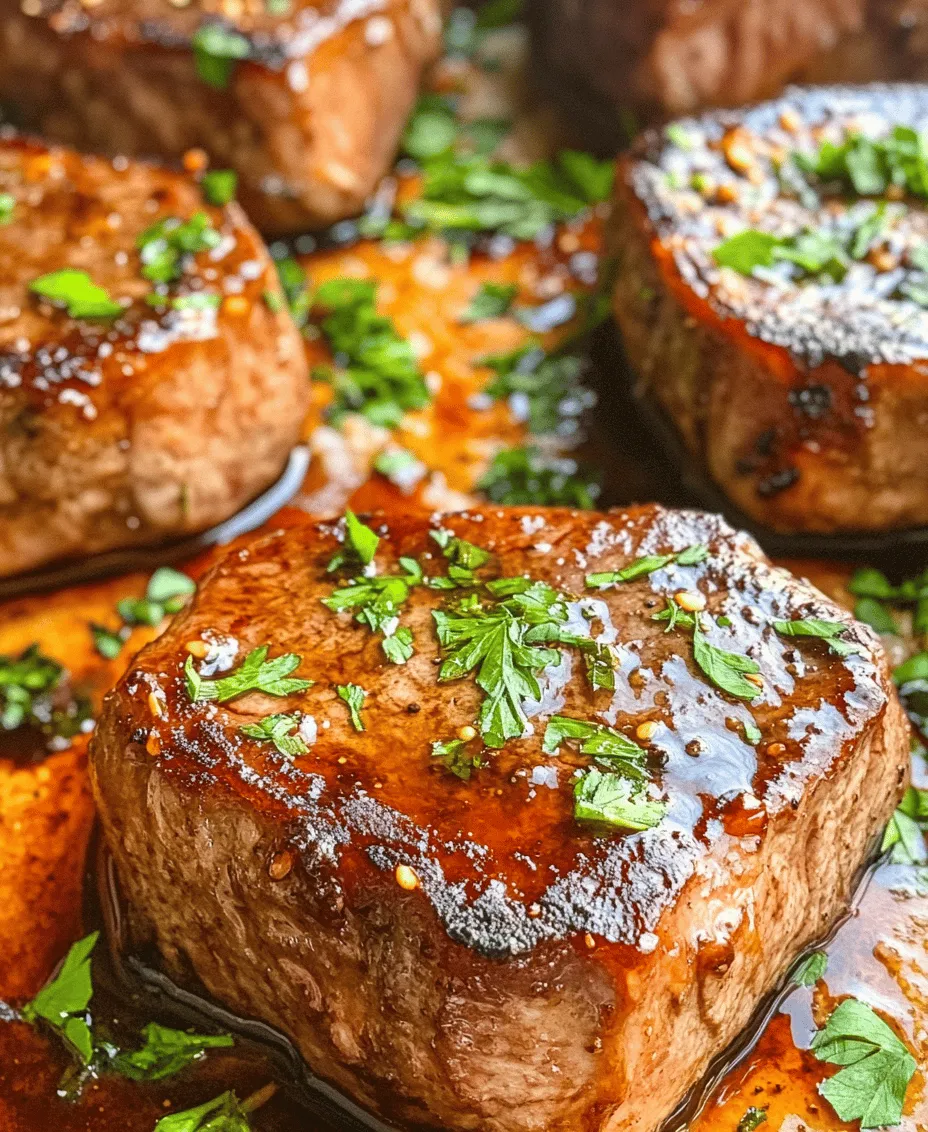
Best Practices for Marinating
Marinating is an essential step in preparing a flavorful baked marinated steak. Understanding the best practices for marinating can significantly enhance the taste and texture of your meat. Here are key points to consider:
- Time: The duration of marination varies depending on the type and thickness of the steak. Generally, marinating for at least 30 minutes is recommended, while a period of 4 to 24 hours will yield even better results. For tougher cuts like flank or skirt steak, longer marination times can help tenderize the meat.
- Temperature: Always marinate your steak in the refrigerator to prevent the growth of harmful bacteria. The cold environment slows down bacterial activity, ensuring your meat remains safe to consume. It is also important to remove the steak from the refrigerator about 30 minutes before cooking to allow it to reach room temperature. This ensures even cooking.
The Science Behind Marination: How It Affects the Meat
Marination works through a combination of acid, salt, and flavoring ingredients that penetrate the meat. The acid from ingredients like vinegar, citrus juice, or yogurt breaks down muscle fibers and connective tissues, leading to a more tender steak. Salt, on the other hand, enhances flavor and helps retain moisture by allowing the meat to absorb more of the marinade. Furthermore, flavoring agents like herbs and spices contribute depth, creating a complex taste profile that enhances the overall dish.
Cooking the Baked Marinated Steak
Preparing for Cooking
Before you begin baking your marinated steak, proper preparation is key.
- Preheating the Oven: Preheating the oven to the right temperature (typically 400°F to 450°F) is crucial for achieving a nice sear and proper cooking. A hot oven helps create a caramelized exterior while keeping the inside juicy. Place the oven rack in the center position to allow for even heat distribution.
- Choosing the Right Baking Sheet and Lining Options: Select a heavy-duty baking sheet or a cast-iron skillet for optimal heat retention. Lining the baking sheet with aluminum foil or parchment paper can make for easy cleanup. If you prefer a crispy exterior, lightly oil the baking surface or use a non-stick spray to prevent sticking.
Baking Techniques for Perfect Steaks
- Recommended Cooking Times Based on Thickness: Cooking times will vary based on the thickness of your steak. For a 1-inch thick steak, aim for approximately 10-12 minutes for medium-rare doneness. Thicker cuts will require additional time, so adjust accordingly. As a general guideline, 12-15 minutes is ideal for 1.5-inch steaks.
- How to Use a Meat Thermometer for Doneness Accuracy: To ensure your steak reaches the desired level of doneness, a meat thermometer is an invaluable tool. For medium-rare, aim for an internal temperature of 135°F; medium is 145°F; and medium-well is around 155°F. Insert the thermometer into the thickest part of the steak, avoiding contact with the bone or baking sheet for an accurate reading.
- Flipping the Steak for Even Cooking: Halfway through the cooking time, flip your steak to ensure even cooking on both sides. This technique helps to create a more uniform crust and allows for better heat distribution throughout the meat.
Resting the Steak
Importance of Resting and How It Affects Juiciness
Resting your steak after baking is a critical step that should not be overlooked. When meat cooks, the juices are pushed toward the surface. Allowing the steak to rest for 5-10 minutes after removing it from the oven helps redistribute these juices back throughout the meat, resulting in a more succulent and flavorful steak.
How to Properly Rest Your Steak
Once your steak is out of the oven, transfer it to a cutting board. Tent it loosely with aluminum foil to maintain warmth while it rests. Avoid cutting into the steak during this time, as doing so will release the juices and diminish its moisture content.
Serving Suggestions
Plating Your Steak
- Slicing Against the Grain: The Right Technique: To achieve tender slices, always cut your steak against the grain. This means cutting perpendicular to the direction of the muscle fibers. This technique shortens the fibers, making each bite easier to chew.
- Garnishing with Fresh Parsley: Enhancing Presentation: A sprinkle of fresh parsley not only adds a pop of color but also brightens the dish with its fresh flavor. For a more vibrant presentation, consider a squeeze of lemon juice over the steak before serving.
Perfect Side Dishes to Complement Baked Steak
- Roasted Vegetables: Flavor Pairing Ideas: Roasted vegetables such as Brussels sprouts, carrots, and asparagus pair beautifully with baked marinated steak. Toss them in olive oil, season with salt and pepper, and roast at the same temperature as the steak for a harmonious meal.
- Fresh Salads: Balancing Richness with Crispness: A refreshing salad can balance the richness of the steak. Consider a simple arugula salad dressed with lemon vinaigrette or a classic Caesar salad to complement the flavors of the marinated meat.
Conclusion
Baked Marinated Steak is not just a meal; it’s an experience that brings together flavors and textures in a delightful way. With the right ingredients and techniques, you can create a dish that is both satisfying and impressive. Whether for a cozy dinner or a festive gathering, mastering this recipe will surely enhance your cooking repertoire. By understanding the marinating process and cooking methods, you can ensure that every bite is tender, juicy, and full of flavor, making it a dish to remember. With its rich taste and versatility, baked marinated steak is the perfect centerpiece for any meal, sure to become a favorite among family and friends. So gather your ingredients, follow these guidelines, and savor the delightful flavors of your homemade steak creation.
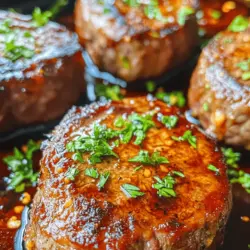



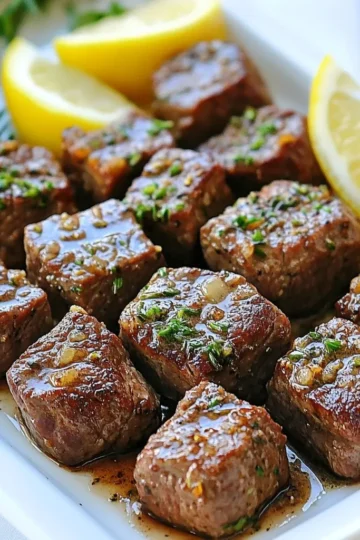

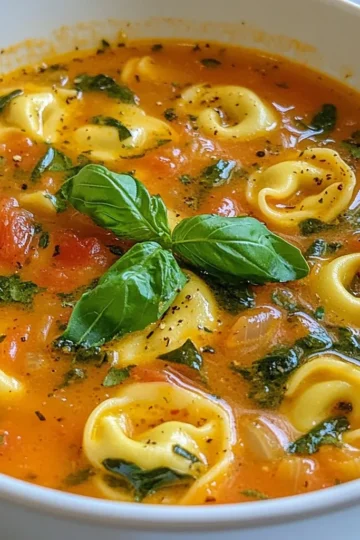
Leave a Reply